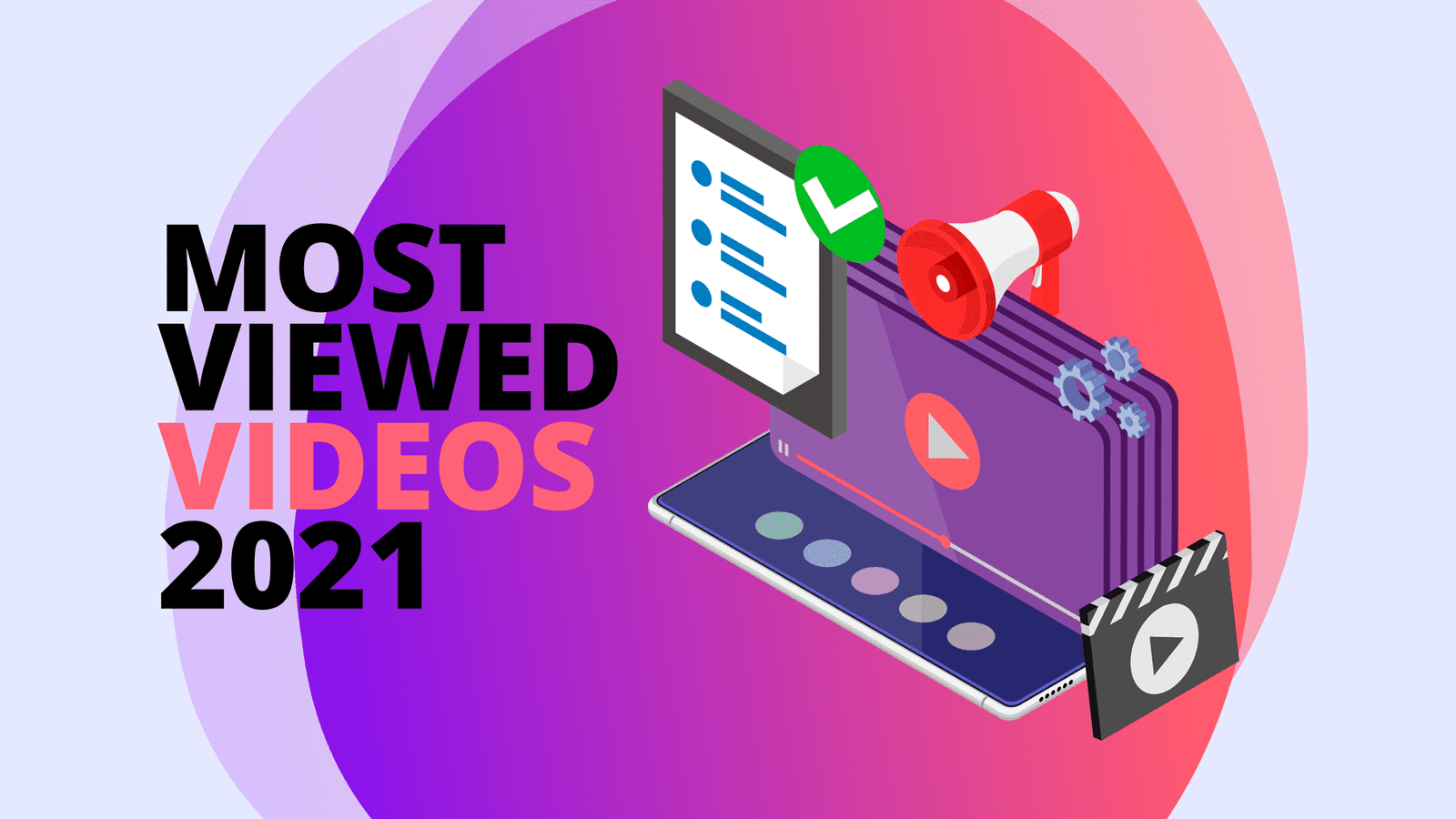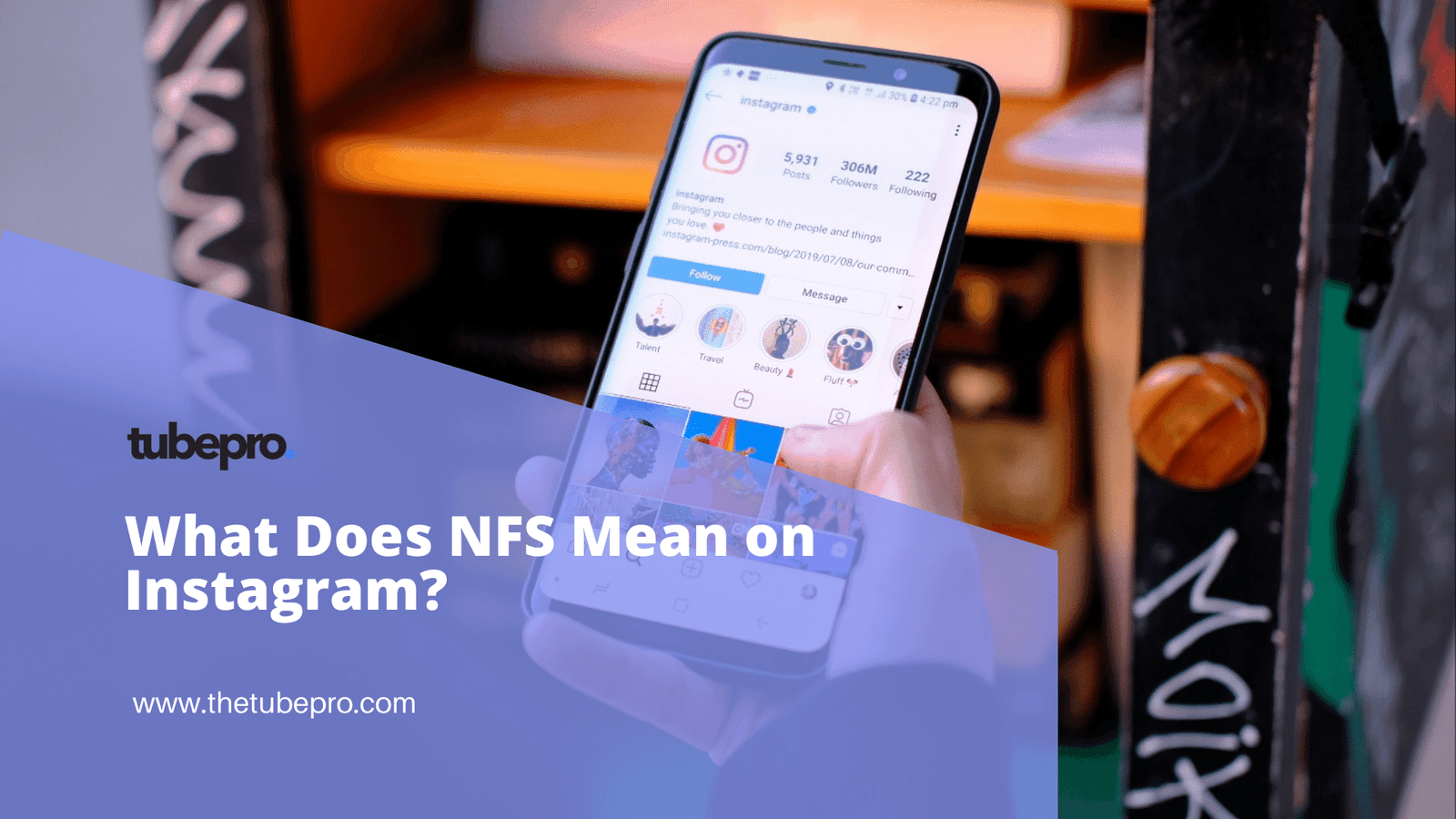In recent years, the field of artificial intelligence (AI) has witnessed remarkable advancements, particularly in the domain of content creation.

One such breakthrough is ChatGPT, a language model developed by OpenAI that has gained immense popularity due to its ability to generate human-like text.
However, as its usage proliferates, concerns have been raised regarding its impact on academic integrity and the detection of plagiarism.
In this article, we delve into the question: Can universities detect ChatGPT?
Understanding ChatGPT and Its Applications
Before we explore the detection capabilities of universities, it is important to understand what ChatGPT is and how it is employed.
ChatGPT is an AI model trained using a large corpus of text data, enabling it to generate coherent and contextually relevant responses to user inputs.
It has been widely used for various applications, including content creation, customer support, and even as a writing tool for individuals.
Its versatility and natural language processing capabilities make it a powerful tool in the realm of AI.
The Need for AI Detection Tools in Universities
As the use of AI in content creation becomes more prevalent, universities face the challenge of ensuring academic integrity and preventing plagiarism.
With the potential of students utilizing ChatGPT to generate essays, assignments, or other academic content, it is crucial for educational institutions to have effective AI detection tools in place.
Such tools aid in identifying instances where ChatGPT-generated text is used inappropriately or without proper attribution, ensuring that students uphold academic honesty.
Can Universities Detect ChatGPT? Debunking the Myths
Yes, universities can detect ChatGPT. There is a common misconception that universities are unable to detect content generated by ChatGPT.
However, this is far from the truth. While ChatGPT is indeed a sophisticated AI model, it is not invincible to detection.
Universities employ advanced AI detection tools that utilize various techniques to identify AI-generated content.
These tools analyze factors such as language patterns, contextual inconsistencies, and even statistical anomalies to differentiate between human-written and AI-generated text.
Therefore, universities can detect ChatGPT-generated content and take appropriate actions to maintain academic integrity.
AI Detection Tools for ChatGPT: How Do They Work?
To effectively detect ChatGPT-generated content, universities rely on AI detection tools specifically designed for this purpose.
These tools employ state-of-the-art machine learning algorithms and natural language processing techniques to analyze the text and identify potential instances of AI-generated content.
By comparing the writing style, vocabulary, and sentence structure against known patterns, the tools can flag suspicious content for manual inspection.
Additionally, some AI detection tools also leverage the power of deep learning models to improve their detection accuracy and adapt to evolving AI technologies.
Challenges in Detecting ChatGPT
While AI detection tools have made significant advancements, they still face certain challenges in accurately detecting ChatGPT-generated content.
One such challenge is the continuous evolution of AI models, including ChatGPT itself.
As AI models improve and become more sophisticated, detection tools need to keep pace with these advancements to maintain their efficacy.
Additionally, the vastness of the internet and the availability of diverse text sources make it challenging for detection tools to accurately identify all instances of AI-generated content.
Despite these challenges, ongoing research and development in the field of AI detection offer hope for improved detection capabilities in the future.
The Future of AI Detection in Universities
As AI detection tools continue to evolve, the future of detecting ChatGPT and other AI-generated content in universities appears promising.
Advancements in machine learning algorithms and natural language processing techniques will likely enhance the accuracy and efficiency of AI detection tools.
Moreover, collaborations between educational institutions and AI research organizations can contribute to the development of more robust detection systems.
With these advancements, universities will be better equipped to maintain academic integrity and ensure that students’ work truly reflects their knowledge and abilities.
Implications for Academic Integrity and Plagiarism Detection
The implications of AI-generated content extend beyond academic integrity concerns. In the realm of plagiarism detection, universities must adapt their approaches to effectively identify instances where students utilize AI models like ChatGPT to plagiarize content.
Traditional plagiarism detection tools that rely on textual similarity may struggle to detect AI-generated content, emphasizing the need for specialized AI detection tools.
By embracing these technologies, universities can stay ahead of the curve and safeguard academic integrity.
Alternatives to ChatGPT Detection
While AI detection tools play a crucial role in identifying ChatGPT-generated content, universities can also explore other approaches to address academic integrity concerns.
These include fostering a culture of academic honesty through education and awareness programs, promoting critical thinking and originality in assignments, and utilizing task-specific assessments that require personal insights and analysis.
By combining these approaches with the use of AI detection tools, universities can create a comprehensive framework that upholds academic integrity.
Conclusion: Balancing the Benefits and Challenges of AI in Education
In conclusion, universities have the capability to detect ChatGPT-generated content through the use of advanced AI detection tools.
These tools analyze various linguistic and contextual factors to differentiate between human-written and AI-generated text.
While challenges exist, ongoing research and development in AI detection offer hope for improved detection capabilities in the future.
As universities navigate the landscape of AI in education, striking a balance between leveraging the benefits of AI and addressing the challenges it poses to academic integrity is crucial.
By embracing AI detection tools and adopting complementary strategies, universities can ensure a fair and ethical learning environment for all.




